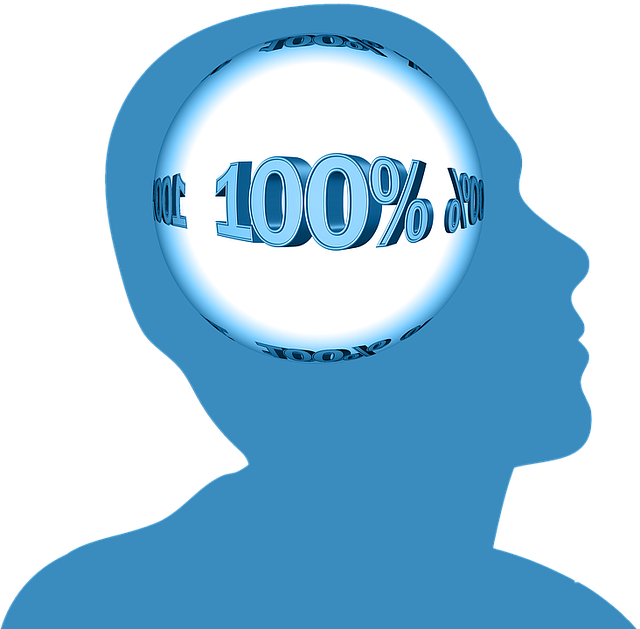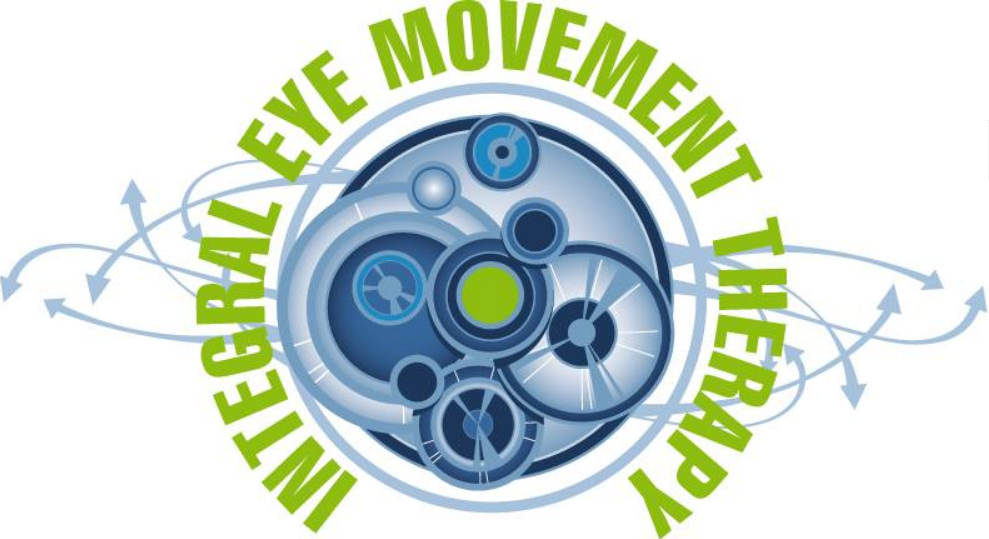Patterns of Chronicity

The’ Five Pattern of Chronicity’ are essential to a proper understanding of IEMT. They are also helpful in understanding the difference between IEMT and other types of therapy involving eye movement.

For instance another eye movement therapy called EMDR is primarily used to treat “trauma”, something it is very effective at doing, however whilst IEMT can also be used to treat trauma effectively it is much more about resolving the five primary ‘Patterns of Chronicity’ The importance of this difference becomes clear when it is understood that these five patterns appear to be common to many chronic patients and often prevent therapeutic change taking place, whether a client has a history of trauma or not.

When these patterns are present there is usually a strong identification with the beliefs supporting the problem, so when therapy challenges those beliefs a person unconsciously experiences this as a threat to both their beliefs and their identity.

It is for this reason that the unifying theme of the chronicity patterns is that they either allow the client to inadvertently avoid engagement in the therapeutic process to start with or sabotage any change that does take place.
This is why these patterns are so important to understand when helping clients who previously have been either unable to achieve or unable to sustain positive changes with other approaches.
The five ‘Patterns of Chronicity’ are as follows:
(I've added some video's of Andrew Austin talking about the five patterns since I received a request for more information about them, and who better to talk about them than Andrew himself):
1. Three Stage Abreaction Process

A three stage (usually) pattern of escalating emotional behaviour, the goal of which is to influence and control the behaviour of others, in order to create or prevent change in the external environment. “You don’t want to make me angry”.
As with the other patterns listed here, a client perceives therapeutic intervention as a challenge to ‘their’ beliefs and a threat to them (their identity). They want to get rid of the problem without changing the beliefs and ways of being that keep it in place.
In short: A person threatens to get upset if you threaten their ‘comfortable’ reality by asking them to change.
This might sound harsh but bear in mind, this like the other patterns mentioned here, is maintained unconsciously by the client.
2. The Great Big, “What if…” Question

The use of a single counter-example that sabotages and counteracts any therapeutic generalisation.
Ironically these single examples of exception are often stated in a way that implies they are the exception that disproves the rule. In the therapeutic process ‘what ifs’ are an attempt to devalue the original premise so that the client is ‘excused’ from engaging with it or taking it on board.
In short: A person argues against taking on a different approach by citing a situation where it wouldn’t work as evidence for it not working anywhere.
3. The Maybe Man Phenomena

The Maybe Man (or woman) is uncertain of his own experience and this leaks out into his language. By being allowed to remain uncertain and without precision he does not have to discover and therefore does not have to commit to his genuine experience or to his genuine identity There is therefore no ‘buy in’ or precise target, belief or point of leverage for effective therapy to work with and this inadvertently sabotages effective therapy.
In Regents park there are numerous signs showing the layout of the park. Without these signs it would be difficult for a newcomer to navigate their way around the parks many features. What makes the signs useful however is an arrow pointing to where the observer is on the map stating ‘you are here’. It is easy to see that if this arrow was not placed accurately, the map would not only be useless but misleading.
In short: A person isn’t specific about what their problem or belief actually is, which prevents it from being engaged effectively..
4. Testing for Existence of the Problem Rather Than Testing for Change

Even though 99% improvement might be made, if the person with this pattern is able to locate just 1% of the problem existing, this will generally be seen as representative of 100% of the problem still existing.
Put another way, as the person is only filtering for evidence of the problem, it allows them to not only interpret/distort experience to support the continued existence of the problem and their current beliefs but also allows them to ignore any evidence of change.
This is a type of digital, black and white thinking or perfectionism. The problem is either ‘fixed’ or it’s not and there are no shades of grey (or analogue gradient) in between these two positions.
Labels are a common contributory factor in this way of thinking as they are digital in nature, so a person is either ‘x’ or they are not.
In short: A person improves but only focuses on the area of their life that isn’t working 100% and uses it as evidence that the therapy ‘didn’t work’.
5. Being “At Effect” rather than “Being At Cause”

By being “at effect” the person experiences emotional problems as happening to them, rather than being something that happens by (virtue of) them. A person “at effect” will seek ‘treatment’ rather than seeking ‘change’.
A person seeking ‘treatment’ will view the problem process as something they play no role in and is likely to come to therapy with an attitude of ‘fix this’, which prevents them from fully engaging in the change process.
A person seeking change will be likely to acknowledge their role in the problem process and be a willing partner in the process of change.
In short: A person doesn’t accept their role in the presenting problem and therefore doesn’t fully engage with the therapy process, tending to blame externals when their situation doesn’t change.
It can be seen from the above examples that where patterns of chronicity exist, unless they are dealt with effectively with an approach such as IEMT, the therapeutic outcome will be uncertain.
Find this page useful? Please leave a comment below.
